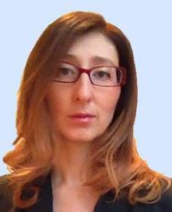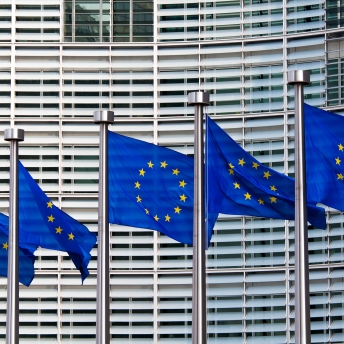Katia Valtorta
Katia combines sustainability and clean-technologies experience with deep expertise in strategy and innovation to help clients transform and create a sustainable and exciting future.

Areas of Focus
Education
Past Experience

Katia Valtorta joined Arthur D. Little in March 2001 and is Principal in the Milan office, a member of the Global Energy & Utilities practice and responsible for the Technology and Innovation Management practice in Italy.
Within the Energy domain, her professional focus is on gas & power retail and wholesale markets, sustainability, energy efficiency and energy sourcing for large industrial users, distributed generation, smart grids for the Utilities sector, feasibility studies for gas transportation assets, cogeneration plants, and renewable energy projects. She also has conducted many gas-market studies and assessments of the market value of gas, and she is involved in gas arbitration as an expert witness.
In the Technology and Innovation Management domain, her main areas of expertise cover innovation assessment, technology feasibility studies, commercial and technological scouting, R&D processes and organization reviews, and transformation programs in a wide variety of industries.
Katia holds a degree in Economics (Industrial Business Management) from Bocconi University of Milan. Apart from her mother tongue, Italian, she is fluent in English and has professional proficiency in French.
Katia is a hopeless animal and wilderness lover and a greedy, avid and compulsive reader. Being a passionate hiker, she thinks that every top is within reach if you just keep climbing.

Advanced digital technologies

ICT security in the digital transformation era

Digital Inclusion in public services

Transformation by Radical Innovation

Assessing innovation and R&D capabilities across multi-center organizations

Katia Valtorta joined Arthur D. Little in March 2001 and is Principal in the Milan office, a member of the Global Energy & Utilities practice and responsible for the Technology and Innovation Management practice in Italy.
Within the Energy domain, her professional focus is on gas & power retail and wholesale markets, sustainability, energy efficiency and energy sourcing for large industrial users, distributed generation, smart grids for the Utilities sector, feasibility studies for gas transportation assets, cogeneration plants, and renewable energy projects. She also has conducted many gas-market studies and assessments of the market value of gas, and she is involved in gas arbitration as an expert witness.
In the Technology and Innovation Management domain, her main areas of expertise cover innovation assessment, technology feasibility studies, commercial and technological scouting, R&D processes and organization reviews, and transformation programs in a wide variety of industries.
Katia holds a degree in Economics (Industrial Business Management) from Bocconi University of Milan. Apart from her mother tongue, Italian, she is fluent in English and has professional proficiency in French.
Katia is a hopeless animal and wilderness lover and a greedy, avid and compulsive reader. Being a passionate hiker, she thinks that every top is within reach if you just keep climbing.

Advanced digital technologies

ICT security in the digital transformation era

Digital Inclusion in public services

Transformation by Radical Innovation

Assessing innovation and R&D capabilities across multi-center organizations
More About Katia
- Bocconi University (Milan, Italy)Degree in Economics (Industrial Business Management)
- Schlumberger?Solutions Manager
